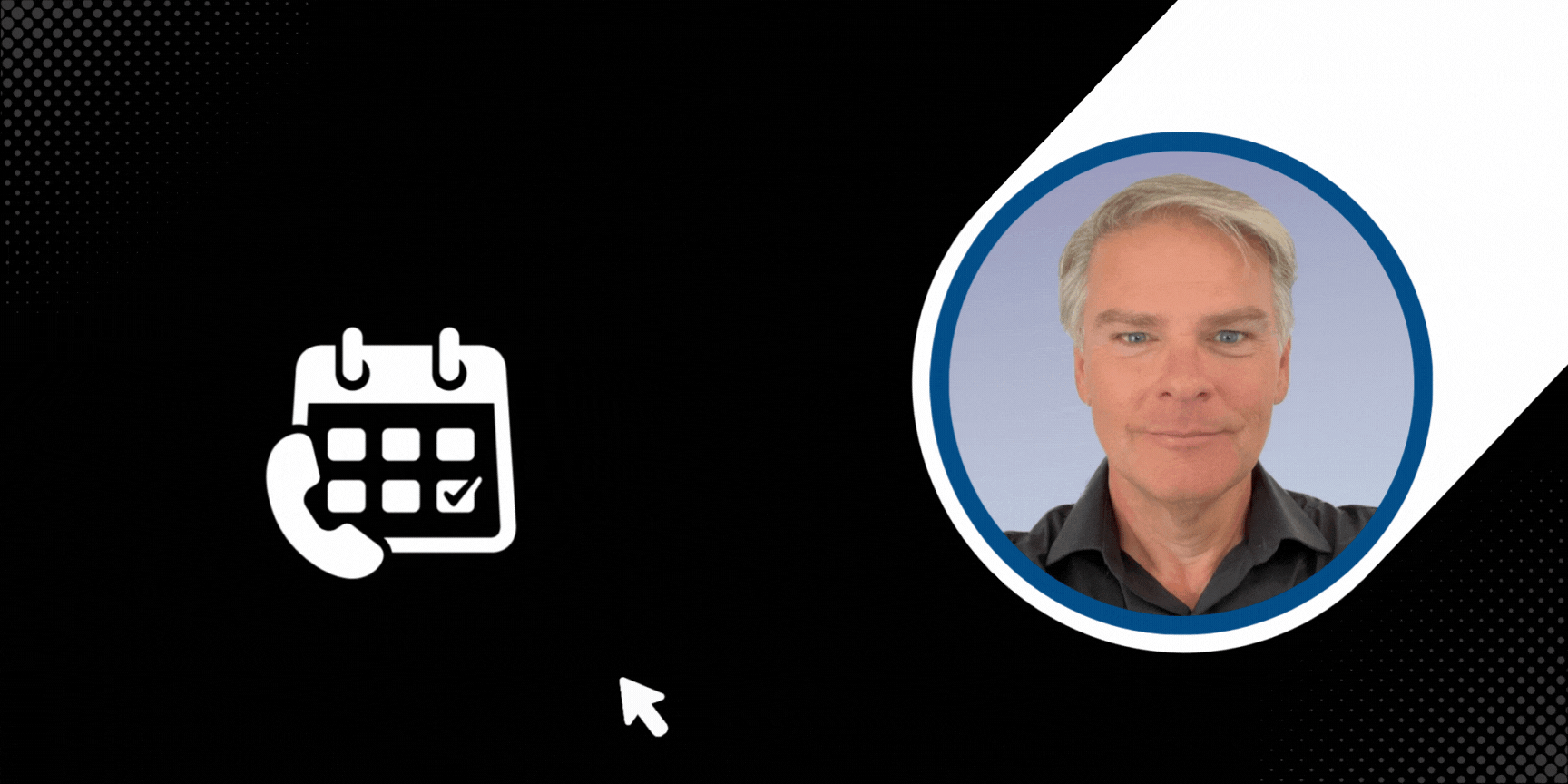Reverse mortgages have become an increasingly discussed option for Bay Area homeowners in or near retirement who are looking to tap into the equity of their homes without having to sell or move. They can provide a financial lifeline for some, while others may find them too restrictive or costly. In this guide, we’ll break down exactly how reverse mortgages work, who qualifies, how much you can borrow, how repayment is handled, and why they’re so controversial.
What Is a Reverse Mortgage?
A reverse mortgage is a type of loan that allows homeowners aged 62 and older to convert part of the equity in their home into cash. Unlike a traditional mortgage, where you make monthly payments to a lender, with a reverse mortgage, the lender pays you—either in a lump sum, monthly payments, a line of credit, or some combination. The loan is repaid when the borrower sells the home, moves out permanently, or passes away. With a traditional mortgage, you generally owe less every month (unless you have an interest-only mortgage) – but with a reverse mortgage, you will owe more every month, because no payments are made.
The most common type is the Home Equity Conversion Mortgage (HECM), which is federally insured by the Federal Housing Administration (FHA).
How Do You Qualify for a Reverse Mortgage?
To qualify for a reverse mortgage, you must meet the following criteria:
- Age: You must be at least 62 years old. If you are married, the younger spouse can be a “non-borrowing spouse” but must meet certain guidelines.
- Home Ownership: You must own your home outright or have a significant amount of equity in it (typically 50% or more).
- Primary Residence: The home must be your primary residence—you must live there for the majority of the year.
- Property Type: Eligible properties include single-family homes, 2-4 unit properties where the borrower lives in one unit, HUD-approved condominiums, and certain manufactured homes.
- Financial Assessment: Lenders will assess your income, assets, monthly living expenses, and credit history to ensure you can maintain the property and pay property taxes and homeowners insurance.
- Counseling: Before applying, you must attend a HUD-approved counseling session to understand the implications of the loan.
HUD Consumer Counseling for Reverse Mortgages
At a HUD-approved counseling session for a reverse mortgage, the goal is to ensure you fully understand how the loan works, what it will cost, and how it may affect your financial situation, home, and heirs. Here’s what they typically cover:
1. Overview of How Reverse Mortgages Work
- Explanation of how equity is converted into loan proceeds
- Payout options (lump sum, monthly, line of credit, etc.)
- Rules for repayment and triggers (sale of home, moving out, death)
2. Costs and Fees
- Upfront fees (origination, appraisal, closing costs)
- Ongoing costs (FHA mortgage insurance, interest)
- How fees impact your available equity over time
3. Impact on Home Equity and Inheritance
- How a reverse mortgage reduces your equity
- What heirs will face when the loan becomes due
- Options for heirs (repay, sell, walk away)
4. Responsibilities of the Borrower
- You must continue to pay property taxes, homeowners insurance, and maintain the home
- Failure to meet these obligations can lead to foreclosure
5. Alternatives to Reverse Mortgages
- Selling and downsizing
- Home equity line of credit (HELOC)
- Refinancing
- House hacking or renting part of the home
- State/local assistance programs
6. Effect on Government Benefits
- Reverse mortgage proceeds typically do not impact Social Security or Medicare
- They can affect need-based benefits like Medicaid or Supplemental Security Income (SSI)
7. Customized Financial Analysis
- Review of your personal situation (budget, long-term needs)
- Help you determine if a reverse mortgage is the right fit
Counseling typically takes 60–90 minutes and can be done in person or by phone. It’s designed to be neutral and educational, not a sales pitch—so you can make a fully informed decision. When you finish, you’ll receive a certificate of counseling, which you’ll need to provide to your lender if you decide to move forward. Click here to access HUD’s list of counseling agencies.
What Is the Maximum Loan Amount?
As of 2024, the maximum claim amount for a HECM is $1,089,300. However, the actual loan amount you can receive depends on:
- Your age (older borrowers can access more)
- Current interest rates
- The appraised value of your home
- The FHA lending limit
Typically, the loan amount is between 40% to 60% of your home’s appraised value, depending on your age and the loan structure.
What If You Already Have a Mortgage?
You can still get a reverse mortgage if you have an existing mortgage, but the reverse mortgage proceeds must first be used to pay off your current mortgage. Only the remaining funds are available to you as cash or a line of credit.
For example, if your home is worth $700,000 and you owe $200,000 on your current mortgage, a reverse mortgage lender may approve a loan for $400,000. The first $200,000 would go toward paying off your mortgage, and the remaining $200,000 could be used as you wish.
How Does Repayment Work?
A reverse mortgage is repaid in full when any of the following occurs:
- The borrower sells the home
- The borrower moves out permanently (e.g., into assisted living)
- The borrower passes away
At that point, the loan balance—which includes the original amount borrowed, plus accrued interest and fees—is due. Heirs typically have several options:
- Sell the home to repay the loan and keep any remaining equity
- Refinance the reverse mortgage into a traditional loan
- Walk away if the loan balance exceeds the home’s value (the FHA insurance covers the shortfall)
Reverse mortgages are non-recourse loans, meaning you or your heirs will never owe more than the home is worth.
What Are the Interest Rates Like?
Interest rates on reverse mortgages are generally higher than conventional mortgage rates. As of early 2025, fixed rates for HECMs range between 6% and 7.5%, while variable rates (based on LIBOR or SOFR indexes) may start lower but can increase over time.
Other costs include:
- FHA Mortgage Insurance Premiums (MIP): 2% upfront and 0.5% annually
- Origination Fees: Up to $6,000
- Appraisal and closing costs: Vary by location and home value
These fees are often rolled into the loan balance but reduce the equity available to you.
Fixed Rate vs. Variable Rate Reverse Mortgages
When considering a reverse mortgage, one of the most important decisions you’ll make is whether to choose a fixed-rate or variable-rate loan. Each option has its own advantages, trade-offs, and ideal use cases, depending on your financial goals and how you plan to access your home equity. Understanding the key differences between the two can help you make a more informed decision that supports your retirement strategy.
Fixed-Rate Reverse Mortgages
A fixed-rate reverse mortgage locks in your interest rate for the life of the loan. You’ll know exactly how much interest will accrue over time.
Pros:
- Stability: Your rate doesn’t change, so your loan balance grows at a predictable pace.
- One-time payout: You receive a single lump sum at closing, which can be great if you need a large amount right away (e.g., paying off a mortgage or major medical bills).
- No rate risk: You’re protected if interest rates rise in the future.
Cons:
- Less flexibility: You must take all funds at once—no monthly payments or line of credit options.
- Lower total loan amount: The lump sum structure usually offers less money overall compared to variable-rate options.
- No access to future equity: If your home increases in value, you can’t access additional funds unless you refinance.
Best for:
- Borrowers who need a large upfront amount
- Those who want predictable loan growth
- Homeowners planning to pay off an existing mortgage at closing
Variable-Rate Reverse Mortgages
Variable-rate HECMs are more flexible and come with adjustable interest rates that can change over time (often annually or monthly). These are more common than fixed-rate options.
Pros:
- Flexible payout options: Choose from a lump sum, monthly payments, line of credit, or a combination.
- Line of credit growth: The unused portion of your line of credit grows over time at the same interest rate—giving you access to more equity in the future.
- More money available over time: The total amount you can borrow is often higher than with a fixed-rate reverse mortgage.
Cons:
- Rate uncertainty: Your loan balance can grow faster if interest rates rise.
- Complexity: There are more moving parts—rates, caps, and payout strategies—which can be harder to understand.
- Psychological risk: It’s harder to predict what your loan balance will be in 10–20 years.
Best for:
- Homeowners who want ongoing access to funds
- Those who are financially strategic and want to preserve equity
- Borrowers who plan to stay in the home long-term and want a growing credit line
Typically, you can borrow 10% to 20% less with a fixed-rate reverse mortgage compared to a variable-rate reverse mortgage—though the exact difference depends on your age, home value, and current interest rates.
Why the Difference?
- Fixed-rate reverse mortgages are more conservative because the lender gives you a lump sum upfront and locks in the rate for the life of the loan. To manage their risk, lenders often offer less borrowing power.
- Variable-rate reverse mortgages, especially those with a line of credit or monthly payouts, allow the lender to adjust rates over time and pay out funds gradually. This flexibility means lenders are usually willing to lend more overall.
Example:
Let’s say you’re 72 years old and own a $700,000 home:
- With a fixed-rate reverse mortgage, you might be able to borrow $260,000 to $280,000.
- With a variable-rate reverse mortgage, you could qualify for $310,000 to $340,000.
The actual numbers depend on factors like current interest rates, closing costs, and your life expectancy.
Which Should You Choose?
Choose fixed-rate if you:
- Need all your money upfront
- Want a simple, predictable loan
- Are paying off a large mortgage balance
Choose variable-rate if you:
- Want more flexibility
- Prefer a growing line of credit
- Don’t need all your funds at once
Is a Reverse Mortgage Line of Credit Risky?
Your HECM line of credit is contractually guaranteed. If you take out a Home Equity Conversion Mortgage (HECM)—the federally insured reverse mortgage line of credit—then no, the lender cannot arbitrarily freeze or shut down your line of credit, as long as you meet your obligations under the loan.
That means:
- It cannot be reduced, frozen, or canceled due to market conditions or changes in your home’s value.
- In fact, the unused portion of your line of credit grows over time, based on the interest rate and mortgage insurance premium. It gives you access to more equity the longer you leave it untouched.
This is a huge advantage over traditional HELOCs (home equity lines of credit), which can be frozen or cut by lenders during market downturns or if your credit profile changes. However, the lender can freeze or call the loan due if you:
- Fail to pay property taxes or homeowners insurance
- Fail to maintain the home
- Move out of the home for more than 12 consecutive months
- No longer use the home as your primary residence
- Pass away (unless a co-borrower or eligible non-borrowing spouse remains)
As long as you continue to meet those obligations, your line of credit will remain active and accessible, regardless of economic conditions.
Why Do Many Experts Caution Against Reverse Mortgages?
Despite their benefits, reverse mortgages come with significant downsides that lead many financial advisors and consumer advocates to recommend caution:
- High Fees and Interest: Upfront costs and long-term interest can eat into your equity quickly.
- Reduced Inheritance: Because interest accrues over time, your heirs may receive little or no equity from your home.
- Foreclosure Risk: If you fail to pay property taxes, homeowners insurance, or maintain the property, the lender can initiate foreclosure.
- Complicated Terms: Many borrowers don’t fully understand the fine print, especially regarding repayment triggers.
- Limited Use Cases: Reverse mortgages may not make sense if you plan to move in a few years or if you already have sufficient retirement income.
- Impact on Benefits: While reverse mortgage proceeds typically don’t affect Social Security or Medicare, they can impact need-based programs like Medicaid.
When Does a Reverse Mortgage Make Sense?
A reverse mortgage might be a good fit if:
- You plan to stay in your home for the long term
- You have significant home equity and limited cash flow
- You want to eliminate monthly mortgage payments
- You’ve explored alternatives like downsizing, home equity lines, or home-sharing
- You understand the long-term impact on your estate and heirs
Alternatives to Consider
Before committing to a reverse mortgage, it’s wise to explore other options:
- HELOC (Home Equity Line of Credit): Lower upfront costs and interest, but requires monthly payments
- Home Equity Loan: Fixed rate and term, also requires monthly payments
- Downsizing: Selling your home and buying a smaller, less expensive property
- House Hacking: Renting out part of your home for extra income
- Shared Equity Agreements: Companies like Hometap or Point offer lump sums in exchange for a share of future appreciation
- State or Local Senior Assistance Programs: Property tax relief or home improvement loans
I have written a separate article about alternative to reverse mortgages, which I invite you to read here.
Final Thoughts
A reverse mortgage can be a powerful tool for the right homeowner—but it’s not a one-size-fits-all solution. If you’re considering one, make sure to talk to a HUD-approved counselor and a trusted financial advisor who can help you understand the long-term implications. Make sure your heirs are aware of your plans, and don’t rush into a decision until you’ve explored all your options.
In some cases, a reverse mortgage can relieve financial stress and help you enjoy your retirement. In others, it can create more complications than it solves. The key is understanding the full picture before you sign on the dotted line.
Gracious Homes at The Villages in San Jose
2
3
4
5
6
7
8
9
10
11
12
13
14
15
16
17
18
19
20
21
22
23
24
25





